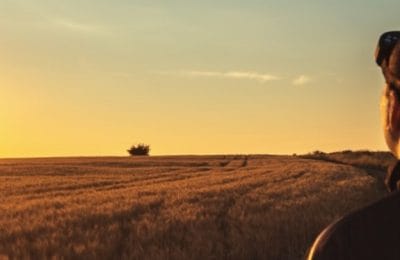Agricultural production systems based on pastures are capable of providing high levels of productivity and, above all, profitability

Pasture management is undergoing a revolution. Developed by the Grazing Ecology Research Group (UFRGS) and in the validation phase by the Agribusiness Intelligence Service (SIA), “rotational grazing” has already reached more than 1,000 rural properties in the south of the country. The new method mixes the best of rotary and continuous modes, ensuring an increase in meat and milk production.
The idea is to recognize the intelligence of the herd itself and use it in favor of production: the animals change the pasture area (as in the rotational method), but according to their own choice (continuous method), since the ruminants themselves they know how to select and look for the most nutritious part of plants. In other words, the animal itself identifies how to optimize its grazing time to produce more and better.
Executive director of SIA, Davi Teixeira explains that the secret is to maintain the height of the pasture, so that the animal captures a greater concentration of nutrients. Constant vegetation cover minimizes soil loss, increases carbon stocks and accelerates nutrient cycling, with a major impact on fertility and productivity in the medium term, reducing production costs.
Sebrae-RS consultant, Davi Teixeira guarantees that “agricultural production systems based on pastures are capable of providing high levels of productivity and, above all, profitability, since pastures represent the most efficient source of transformation of nutrients from vegetable origin in animal production.”
“Pastures are ‘crops’”, says the zootechnician, “not for grains, but for meat or milk. You have to know how to plant, fertilize and harvest”, highlights Davi, highlighting the need to plan the use of areas, the quantity and seasonality of forage, fertilization of pastures and marketing. The first step in implementation is to measure how much forage the herd demands. Afterwards, the producer must map the composition of the herd by animal category, establish performance goals and size the pasture areas. “In addition, it is necessary to understand the productive potential of forage species to define the level of fertilization. Generally, fertilizer formulations with nitrogen, phosphorus and potassium are used”, explains Davi.
In Rio Grande do Sul, natural pastures still represent the majority of the herds’ food base: “They represent a forage resource that, if well treated, with improvement techniques ranging from stocking adjustment to fertilization and irrigation, give excellent response and provide diversity and resilience to systems”, says the Sebrae-RS consultant. Cultivated pastures are increasing their share, with summer species such as millet, forage sorghum and sudan grass, while oats, ryegrass and dual purpose wheat are used in winter. “Recently, summer perennials have been widely used, such as brachiaria, aruana grass, aries, tifton, among others. Legumes such as white clover, red clover, vesicular clover and cornichão are also used, adding important characteristics to production environments”, concludes the SIA director.



